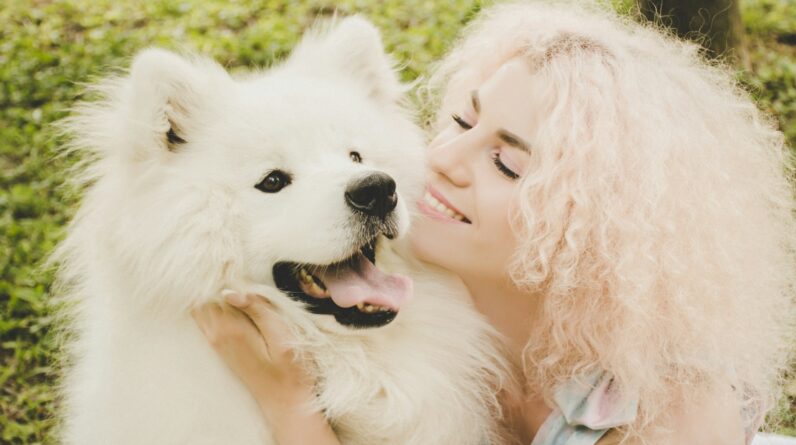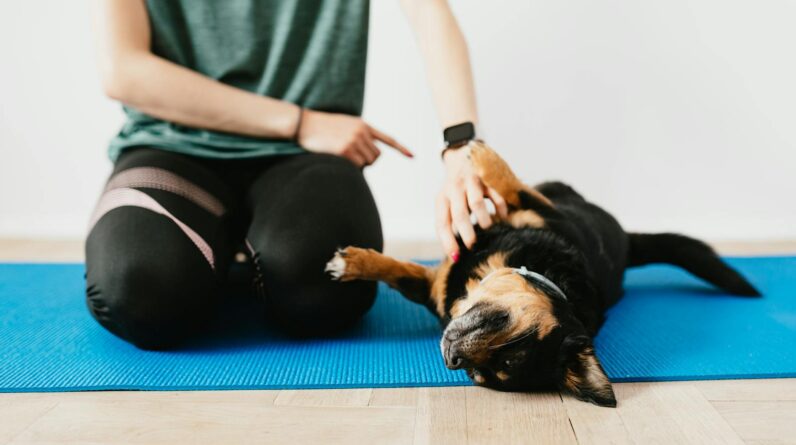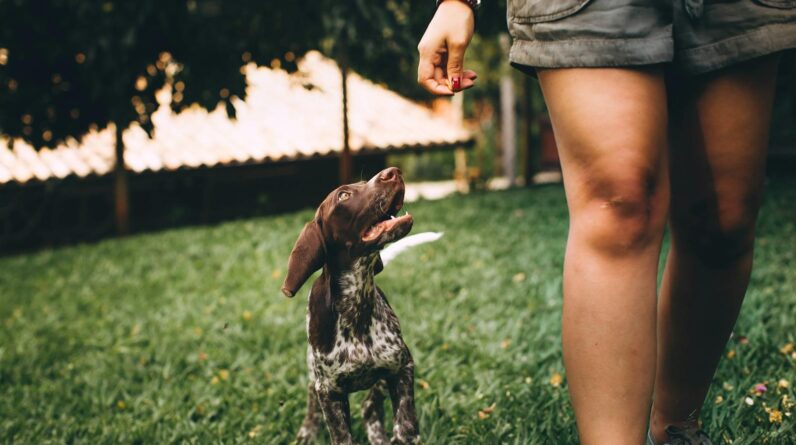
Why Dogs Need to Know the Basics
Think about when you were a little kid. Your parents taught you things like saying “please” and “thank you”, right? Well, dogs need to learn their own kind of manners. This is about teaching our furry friends some basic commands. Now, why is this a big deal? Let’s dig in and find out.
Staying Out of Trouble
First up, learning basic commands helps dogs stay safe. Imagine your dog is about to run into the street where cars zoom by super fast. If they know what “Come!” or “Stop!” means, they won’t dash into danger. It’s like knowing the rules of a game – it stops you from making dangerous moves.
Making Friends is Easier
Just like in school, there are rules to making and keeping friends. When a dog listens and follows commands, other people and dogs like them more. It shows they have good doggy manners. Then, both people and other pets will be happy to hang out with them.
The Vet Won’t be Scary
None of us like going to the doctor, dogs too. But if a dog knows basic commands, trips to the vet can be less scary. They’ll understand “Sit” or “Stay” and won’t wiggle around when the vet is trying to check if they’re healthy. This makes the whole thing less stressful for everyone.
Brain Gym for Dogs
Learning commands is also like a workout for a dog’s brain. When they learn “Sit!”, “Stay!”, or “Lie down!”, they’re thinking really hard. Just like puzzles for you, it keeps their minds sharp. A dog who learns new things is a happy dog because their brain is busy and they’re less likely to get bored.
Living Together is More Fun
When your dog knows how to listen and follow commands, life together is way cooler. Less mess, fewer broken things, and more good times. It’s like when everyone in your family knows the house rules, so things go smoothly. A dog that knows the basics can chill with you without making too much trouble.
Showing Off is Fun
Guess what? Teaching your dog commands can also be a neat way to show off their cool tricks. When your buddies come over, and your dog can shake hands or roll over on command, it’s like a mini-party trick. Everyone gets a laugh, and your dog feels like the star of the show
It’s Bonding Time
Lastly, one of the best parts about teaching commands is the time you spend together. It’s a special kind of hangout where you both get to learn about each other. The more you teach and play with your dog, the stronger your friendship gets. It’s like having a best buddy that always wants to learn new handshakes.
Ready, Set, Teach!
So, now you know why teaching your dog the basics is pretty important. It keeps them safe, helps them make friends, takes the scare out of vet visits, gives their brain a workout, makes living together fun, lets them show off, and is a great way for the two of you to become best friends. Next time you’re with your dog, try teaching them a new command. You might be surprised at how quickly they catch on!
What are the must-know commands for every dog?
Every dog should definitely learn “sit,” “stay,” “come,” “down,” and “heel.” These are the basics that provide a foundation for good behavior. Teaching these helps dogs understand what you expect from them, making day-to-day interactions smoother for both of you.
Mastering these commands is also about safety. For instance, “come” can prevent a dog from running into a dangerous situation, and “stay” can keep them still when needed. It’s not just about tricks; it’s about communication and protection.
How can teaching basic commands strengthen my bond with my dog?
Teaching your dog commands is like learning a secret handshake; it’s a special way you two communicate. It builds trust and respect, as your dog learns to look to you for guidance and you learn to trust your dog to listen.
This shared language deepens your connection each time your dog follows a command and gets a happy “Good job!” Both of you feel prouder and more connected, turning training into a bonding experience you’ll both treasure.
Why is “sit” often the first command taught?
“Sit” is the perfect starting point because it’s like the ABCs of dog commands — simple and essential. Most dogs can pick it up quickly, giving them a sense of achievement and setting a positive tone for more learning. It’s the gateway to teaching other commands.
Plus, “sit” is incredibly handy. It’s a polite way for your dog to ask for something and a great tool for calming an excited pup in various situations. Think of it as the Swiss Army knife in your doggy tool belt.
Should I use treats every time my dog follows a command?
Treats are great motivators, but they’re not the whole story. Start with treats to make learning fun, but mix in praise, toys, and playtime too. Your dog will learn to follow commands for the joy of it, not just for a snack.
Eventually, you should fade out treats, so obedience isn’t just snack-driven. Your goal is for your dog to respond to your words and gestures because they trust and respect you, not because they’re waiting for the next nibble.
What if my dog struggles to learn these commands?
Don’t fret! Not every pup is a straight-A student, and that’s okay. Patience is key. Break the commands down into smaller steps and celebrate the little wins. This makes complex commands less overwhelming and boosts your dog’s confidence.
Remember, consistency and positivity turn learning into a fun game. Keep sessions short and sweet, and always end on a high note. If you’re both getting frustrated, take a break and play. Training is a marathon, not a sprint.
Key Takeaways
- Training with basic dog commands like sit, stay, come, down, and heel boosts your pooch’s safety. It ensures they respond quickly in potentially dangerous situations.
- Mastering these commands strengthens the bond between you and your dog, establishing trust and mutual respect.
- Basic commands pave the way for tackling more complex tasks and tricks, keeping your dog mentally stimulated and engaged.
- Obedience training with basic commands can correct behavioral issues, promoting a more harmonious household.
- Well-trained dogs with a grasp on basic commands tend to be more sociable and less aggressive when interacting with other dogs or people.
- Teaching these commands is also important for public outings, as a well-behaved dog is more welcome in community spaces and less likely to cause disruptions.
- Regular practice of basic commands is a great exercise, offering both physical and mental workout for your dog.
- Consistency is key – regular, short training sessions are better than sporadic, long sessions. Use treats and praises as rewards to reinforce positive behavior.
- Remember, each dog learns at their own pace. Patience and positive reinforcement are crucial during their learning process.
- Finally, it’s not just about the commands – it’s about the communication. Training enhances how you and your dog understand each other, making for a happier life together.
Final Thoughts
Teaching your dog basic commands is kinda like giving them life hacks. It sets them up to handle life with humans a whole lot better. It’s not just about tricks; it’s about safety, social smarts, and forming a tight bond. Dogs that nail the basics like ‘sit,’ ‘stay,’ and ‘come’ have the edge in staying out of trouble and keeping chill in public.
This sort of training is a two-way street. It’s not just your furball learning the ropes; you’re jumping in and getting a crash course on patience and leadership. Plus, it’s gold for their noggin – keeps those doggy brains sharp as tacks. Bottom line: a bit of time teaching commands makes life sweeter for you and your dog.







